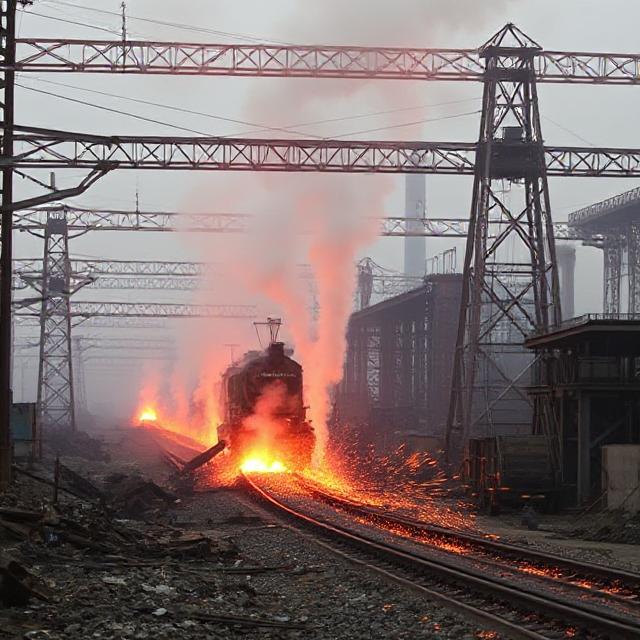India must significantly expand its steel-making capacity to sustain the nation’s ambitious infrastructure agenda, according to a recent forecast by JM Financial. The report estimates that India will require about 300 million tonnes per annum (Mtpa) of steel by 2030, rising further to 400 Mtpa by 2035 to cater to robust consumption driven by public works, urban development, and capital goods production.
This capacity expansion will require a massive $200 billion investment over the next decade-and-a-half. JM Financial analysis highlights that such capital infusion is essential not only to meet domestic demand but also to buffer against cheap, lower-grade imports that threaten the viability of Indian producers. With an annual steel consumption growth rate above 12 per cent-one of the highest among major economies-the country’s short- to medium-term demand trajectory justifies rapid capacity scaling.
Government agencies are already taking note. On June 13, 2025, the Ministry of Steel clarified that intermediate steel products must conform to BIS quality standards-a move aimed at ensuring domestic-produced steel remains competitive on quality grounds. When combined with the capacity growth roadmap, this quality push reinforces the foundation for infrastructure resilience and safety.
Despite strong policy direction, industry leaders have warned that relying heavily on imports could undermine indigenous capacity expansion plans. Domestic integrated steel producers and smaller mills will need both financial support and market protection to scale efficiently.
Major announcements regarding capacity-building initiatives, strategic joint ventures, or financial stimuli could emerge soon, especially from large players like the Tata Group, JSW Steel, and SAIL. Over the coming week or month, stakeholders may outline capacity expansion projects, greenfield plant developments, or higher capital allocations in line with the JM Financial projections.
With India targeting a $5 trillion economy by 2030, aligning steel capacity and quality with infrastructure ambitions is now critical-not just aspirational. National-scale projects such as highways, metro systems, bridges, and power utilities will demand uninterrupted access to domestically produced, standards-compliant steel.





